Insurance Company Provides Additional Guidance
Additional resources and information can be found here. Also, here are some recent news releases from BCBS.
Some items to note regarding the further guidance:
1). If employers Plan Docs (SPD/Plan Document) spells out the eligibility definitions than there is no need to change anything. Employers are able to follow these new guidelines of keeping coverage for employee’s whose hours are being reduced with no need to update plan documents.
2). If eligibility is not spelled out in the plan documents directly with the carrier there are a few scenarios:
- If the employer has a WRAP document, the employer needs to follow what that document says regardless of what the carrier has released.
- If the employer is following the ACA lookback method, they are likely fine depending on the measurement period the employer is using to define eligibility. If the employer is using the 12-month look back measurement period there is likely no reason to update the WRAP doc.
- If the employer has language in their WRAP doc defining eligibility as needing to work 30 hours/week for eligibility than the employer would need to update the wording of the WRAP doc before allowing employees working less than 30 hours to stay on the plan or the employer would need to offer COBRA.
- If the employer doesn’t define eligibility in the Plan Docs with the carrier or in a WRAP document, the employer should have a WRAP document put in place to define eligibility. (RECOMMENDATION – Employers should really have a WRAP document even without the current COVID-19 situation.)
If you have further questions with varying situations from any of the above please let us know the details and we will see what we can find out. Employers who are self-funded with stop loss coverage will need to be the most cautious.


